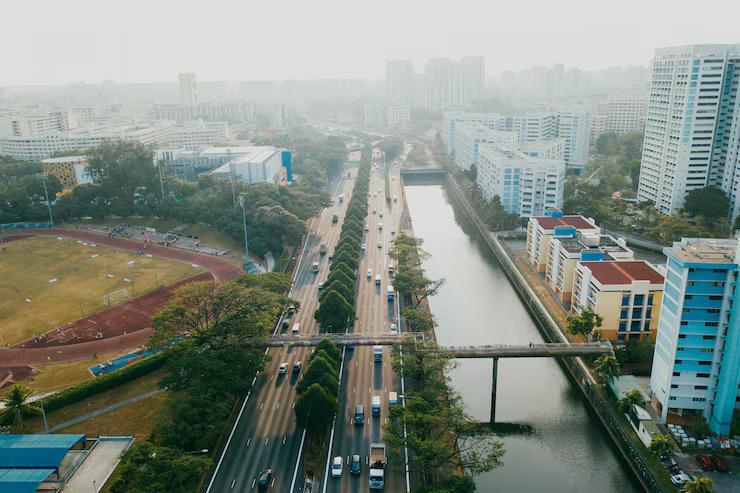
B’luru must adopt eco-engineered drainage to curb flooding: Report
As the Garden City of Bengaluru continues to grapple with the menace of frequent and devastating floods, experts have sounded a clarion call for a paradigm shift in the way the city approaches stormwater management. According to a recent report by Knight Frank India, conventional stormwater drains are no longer sufficient to tackle the city’s water woes, and it’s high time Bengaluru adopts innovative and integrated drainage systems that merge engineering with ecology.
The report, which draws inspiration from global best practices, emphasizes the need for a holistic approach to drainage management that not only mitigates flood risks but also enhances the overall quality of life for citizens. The report highlights the urgent need for Bengaluru to transition from its traditional, pipe-centric drainage system to a more sustainable and eco-friendly model that incorporates green infrastructure, natural habitats, and community engagement.
Bengaluru, as we all know, is no stranger to flooding. The city’s rapid urbanization, combined with its haphazard development and inadequate infrastructure, has created a perfect storm for waterlogging. The consequences are devastating – damaged properties, disrupted lives, and a significant economic burden. In recent years, the city has witnessed some of the worst floods in its history, with the 2019 floods being particularly catastrophic.
So, what’s the solution? The Knight Frank India report provides some valuable insights. According to the report, Bengaluru can learn from international cities that have successfully implemented eco-engineered drainage systems. For instance, Singapore’s iconic Gardens by the Bay, which features a network of canals, parks, and green roofs, is a model worth emulating. Similarly, the Netherlands’ “Room for the River” project, which has created natural floodplains and restored wetlands, is an exemplary approach to flood mitigation.
The report recommends that Bengaluru adopt a similar approach by incorporating green infrastructure, such as rain gardens, green roofs, and permeable pavements, into its drainage system. These measures not only reduce stormwater runoff but also improve air quality, mitigate the urban heat island effect, and enhance biodiversity.
Another key recommendation is the creation of natural habitats and corridors, which can help to slow down stormwater runoff and reduce the risk of flooding. The report highlights the importance of preserving and restoring wetlands, ponds, and lakes, which play a crucial role in absorbing excess water and maintaining the city’s hydrological balance.
Community engagement is another crucial aspect of the report’s recommendations. The report emphasizes the need for active community participation in flood risk management, from awareness campaigns to volunteer programs. By empowering citizens to take ownership of their neighborhoods, the city can reduce the risk of flooding and promote a culture of sustainability.
The report also stresses the importance of integrating technology with ecological solutions. For instance, the use of smart drainage systems, which can monitor and manage stormwater runoff in real-time, can significantly improve the city’s flood resilience. Additionally, the report recommends the use of green infrastructure-friendly construction materials and urban design principles that prioritize flood risk reduction.
In conclusion, the Knight Frank India report provides a clear and compelling case for Bengaluru to adopt eco-engineered drainage systems. By embracing a holistic approach to stormwater management that combines engineering, ecology, and community engagement, the city can reduce its flood risk, enhance its quality of life, and become a more sustainable and resilient metropolis.






